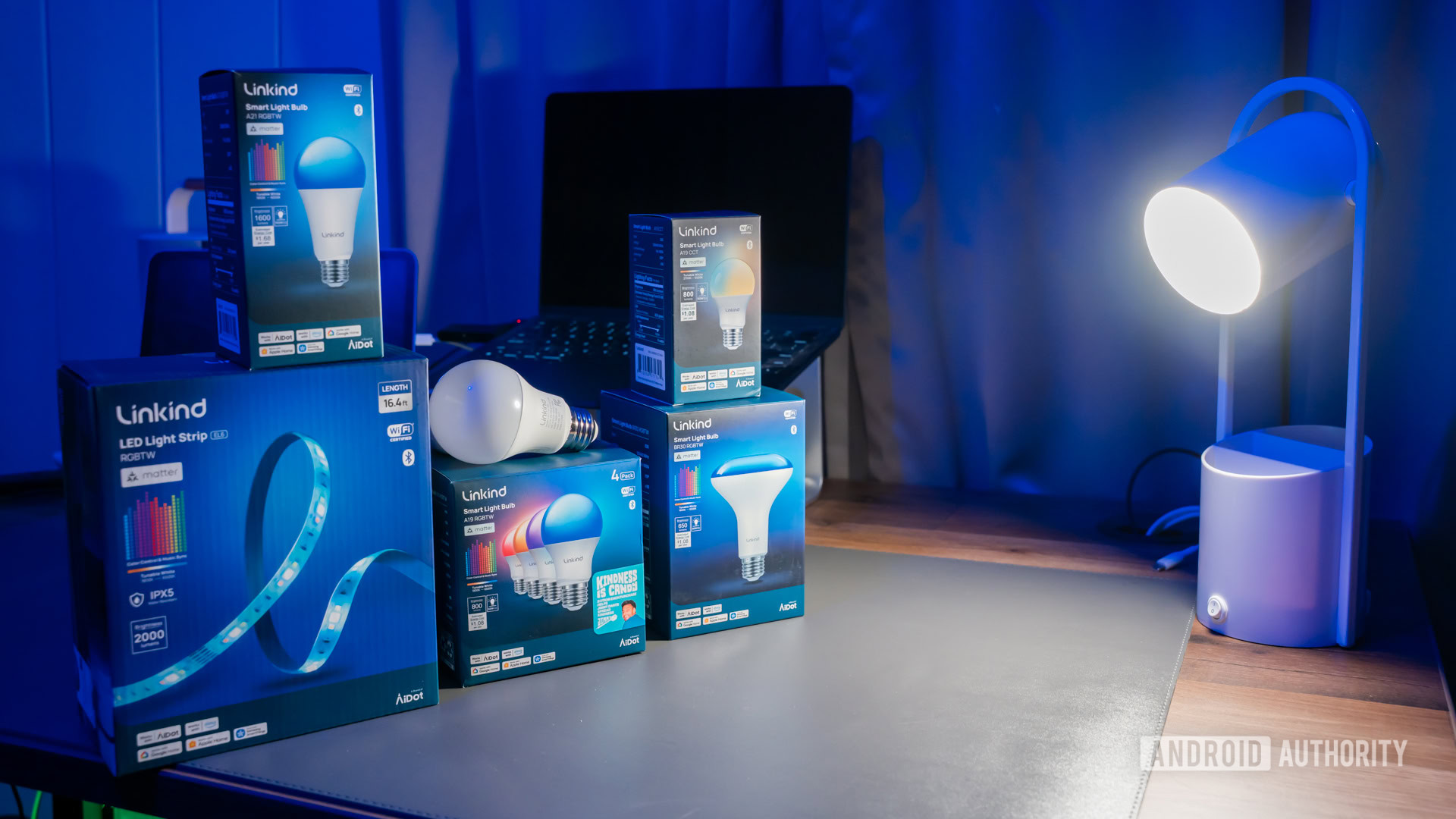Mini Plays: A Spotlight on Brevity in Theater
In the vast landscape of theatrical expression, mini plays have emerged as a captivating form that emphasizes brevity and impact.
In the vast landscape of theatrical expression, mini plays have emerged as a captivating form that emphasizes brevity and impact. These short performances, typically lasting between 10 to 30 minutes, pack emotional depth and narrative complexity into a concise format. This article explores the characteristics of miniplay, their role in modern theater, and their appeal to both writers and audiences.
Understanding Mini Plays
Mini plays are unique in their ability to tell a complete story within a limited timeframe. This genre challenges playwrights to distill their ideas, focusing on essential elements that drive the narrative. Despite their brevity, mini plays can explore a wide range of themes and emotions, often leaving a lasting impression on the audience.
The Essence of Structure
Though varied, many mini plays adhere to a streamlined version of traditional storytelling structures. A common approach includes:
-
Introduction: Quickly establishes characters and the setting while hinting at the central conflict. This phase sets the tone and grabs the audience’s attention.
-
Development: The conflict escalates, providing tension and engagement. In mini plays, this section must be tight, ensuring every moment feels crucial.
-
Conclusion: A rapid resolution that may either tie up loose ends or provoke further contemplation. The ending can be open, allowing audiences to ponder the implications long after the curtain falls.
Themes That Resonate
One of the remarkable aspects of mini plays is their ability to tackle significant themes in a short span. Subjects like love, betrayal, social justice, and personal identity can be explored in innovative ways. The challenge for playwrights is to evoke deep emotions and provoke thought without relying on extended dialogue or exposition.
For instance, a mini play could revolve around a fleeting moment of connection between two individuals, illuminating their hidden fears and aspirations. This focus on brevity often results in powerful storytelling that resonates deeply with audiences.
The Art of Dialogue
Dialogue plays a central role in mini plays. Each line must serve multiple purposes: advancing the plot, revealing character, and conveying emotion. Playwrights are tasked with crafting dialogue that is both succinct and meaningful, which demands a heightened level of skill and creativity.
Consider a scene in a mini play where two friends navigate a disagreement. Their conversation might oscillate between tension and humor, revealing the complexities of their relationship. The richness of the dialogue can create an engaging dynamic that captivates the audience.
Engaging the Audience
Mini plays create a unique experience for audiences. Their concise format invites viewers to immerse themselves quickly in the narrative, fostering a sense of urgency and connection. The immediacy of the storytelling often results in a heightened emotional response, as audiences find themselves fully invested in the characters’ journeys.
Moreover, the flexibility of mini plays allows them to be performed in various settings—from intimate theaters to community gatherings or even digital platforms. This adaptability broadens their reach, making powerful storytelling accessible to diverse audiences.
A Platform for Emerging Voices
For writers, crafting mini plays offers an exciting opportunity for experimentation and innovation. The constraints of length encourage playwrights to think creatively, allowing them to explore unique perspectives and unconventional narratives.
Mini plays are particularly beneficial for emerging writers, as they provide a platform to showcase their talents without the extensive commitment of a full-length play. This environment fosters a culture of creativity and exploration, leading to fresh voices in the theatrical landscape.
Conclusion
Mini plays stand as a testament to the power of concise storytelling. By focusing on essential elements, https://www.miniplay.in these short performances evoke strong emotions and provoke thought in audiences. They remind us that compelling narratives do not require extensive length; sometimes, a brief encounter can leave a profound impact.
As theater continues to evolve, mini plays will remain an important facet of the artistic landscape, appealing to both audiences and playwrights alike. Their capacity to encapsulate powerful themes in a short format makes them an enduring and essential form of artistic expression, paving the way for innovative storytelling in the years to come.
What's Your Reaction?
 Like
0
Like
0
 Dislike
0
Dislike
0
 Love
0
Love
0
 Funny
0
Funny
0
 Angry
0
Angry
0
 Sad
0
Sad
0
 Wow
0
Wow
0



















































